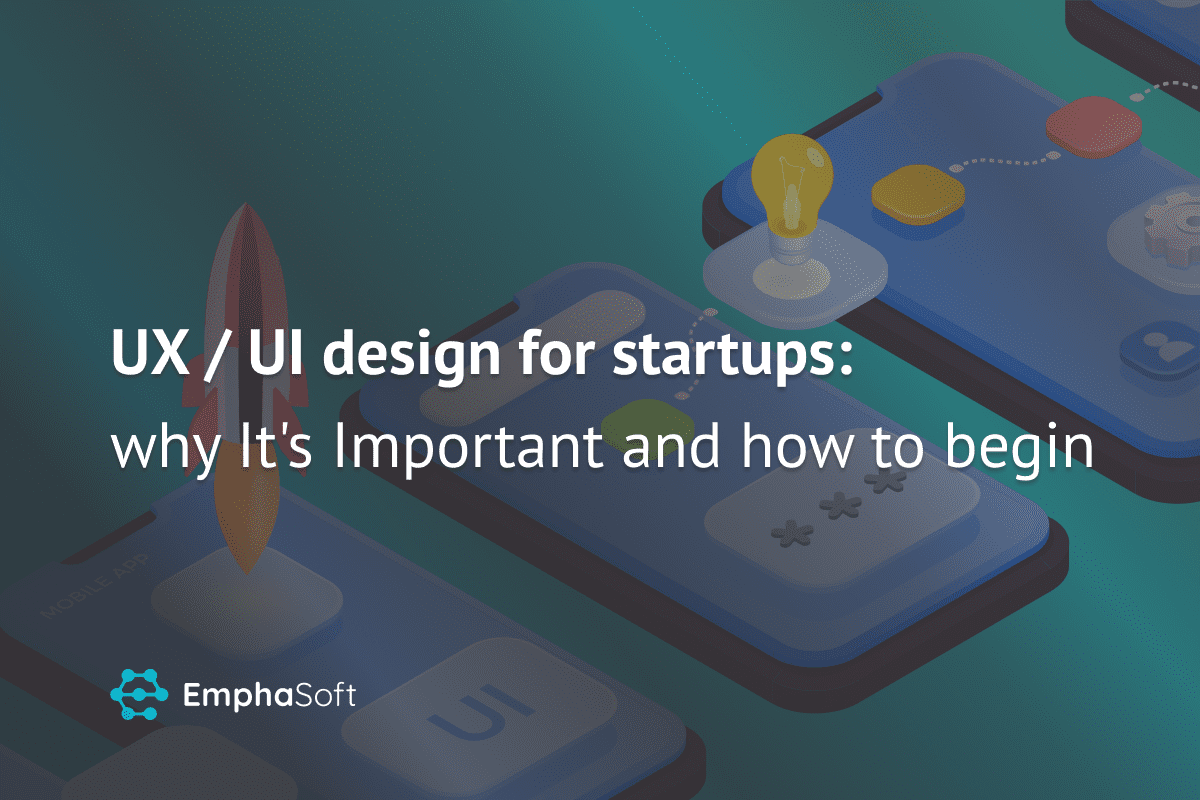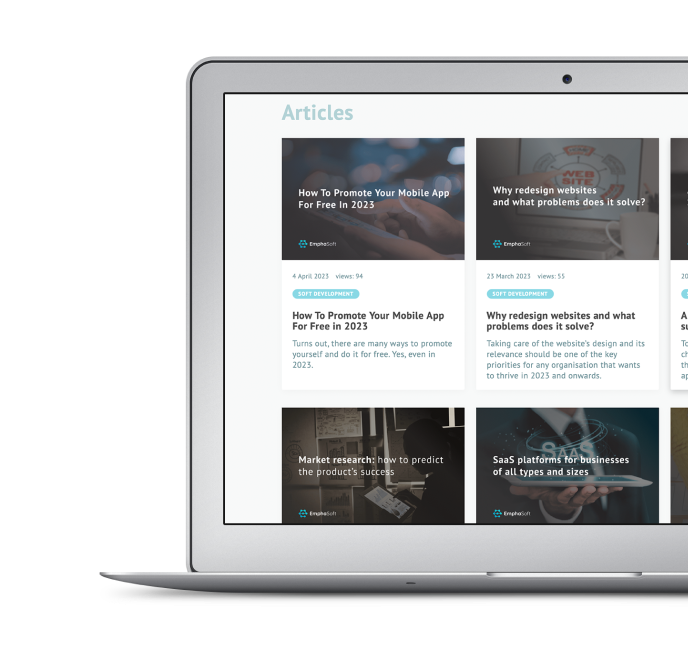For the last couple of months, everyone was talking about ChatGPT and using AI to complete work tasks or have a bit of fun. It is an interesting phenomenon because AI is not something new. In fact, it was all around us before ChatGPT was introduced, so why has this new tool blown up so much?
The answer is simple – fun and user-friendly design.
The tool is extremely intuitive and you don’t need to be a tech guy to use it. It’s the UX/UI that made ChatGPT stand out and turned it into a household name in a matter of weeks.
Design plays a huge role in our lives, and it influences our product choices a lot. Any startup working on its MVP needs to be cautious of its interface and work on making it more appealing to the end user.
Still not convinced design is important? Then keep on reading! Today we’ll look into the key reasons for startups to focus on design and go through the reasons why it’s vital for everyone.
Why is UX/UI design important for startups?
All businesses face challenges, especially startups. When there’s no proper team yet, the product is only in the works, and the budget is limited, it is tempting to skip all the extra bits that somehow often include the product design.
We highly discourage you from ditching UX/UI design, especially at the beginning of your company’s journey. Here’s why:
Design is the first thing your potential clients see
You can have the best and most powerful functionality in the entire world, but unless your product is actually pleasing to the eye and people want to interact with it, nobody will know about those features because nobody will use them.
UX makes your product usable and your clients satisfied
The “UX” component of the UX/UI design stands for user experience. UX focuses on the intuitivity of the interface – how easily and logically everything is arranged so that the end-user can navigate the solution without frustration but enjoy the process. It’s a science on its own, and if you don’t pay attention to it, people will have trouble using the product you’ve been developing.
Good design means fewer support cases
Not every request to the tech team is submitted because of an issue. If your design is unoptimised and users struggle to use the product, they will be submitting cases because they don’t understand how something works. By investing in the proper UX/UI design works from the start, you’ll end up with fewer support cases and a team that can focus on real problems, such as bugs or error messages. Plus, you’ll be able to keep your support team small which is a good bonus not just for startups but for all companies.
The design makes your project investor-friendly
Achieving higher engagement and conversion rates from potential clients is great. But the other important factor that many startup owners overlook is the investor potential that design creates. Investors are people too, and even if they don’t personally see design as something critical, they will subconsciously gear towards products with the right outlook.
When is the right time to work on UX/UI design?
The right answer to this question is “as soon as possible”. Design is a part of the user experience, and if you are user-focused (which any company should be), then it has to be on your to-do list from day one. However, if you’ve neglected this aspect of product development, don’t worry! It’s not too late, you can fit it now.
And if you don’t have a product or an MVP yet, don’t let it stop you from working on design concepts. It is possible to change the design later on if your requirements change. It’s important to lay the basis for the future, ensuring that you’ll be able to scale and transform over the years. Our professional team at Emphasoft will be happy to consult and guide you through the process, helping you avoid common mistakes and save time.
How to build the UX/UI design that will get your ahead
Here are a few things you need to do to build a good UX/UI design. Their order can be changed, and your personal journey will likely include extra steps that are not listed here:
- Do user research to identify key preferences and pains.
- Run a competition analysis. What are they doing right? What mistakes you shouldn’t repeat?
- Create a product roadmap to help you plan the work long-term and identify priorities.
- Start designing the home screen, then move on to must-have features for the best efficiency.
Pro tip: Don’t forget to run user tests! What we assume people will like and what they actually like are often not the same.
Final thoughts
Forbes shared Forrester's research that found out that every dollar invested in UX brings 100 in return, resulting in an ROI of 9,900%. If that doesn’t convince you to invest in UX/UI, we don’t know what will. And if you don’t have a designer on your team to do the job, reach out to Emphasoft and we will gladly outsource one of our experienced UX/UI to work on your product.
Read next:
Why redesign websites and what problems does it solve?
Flutter in development: pros and cons








